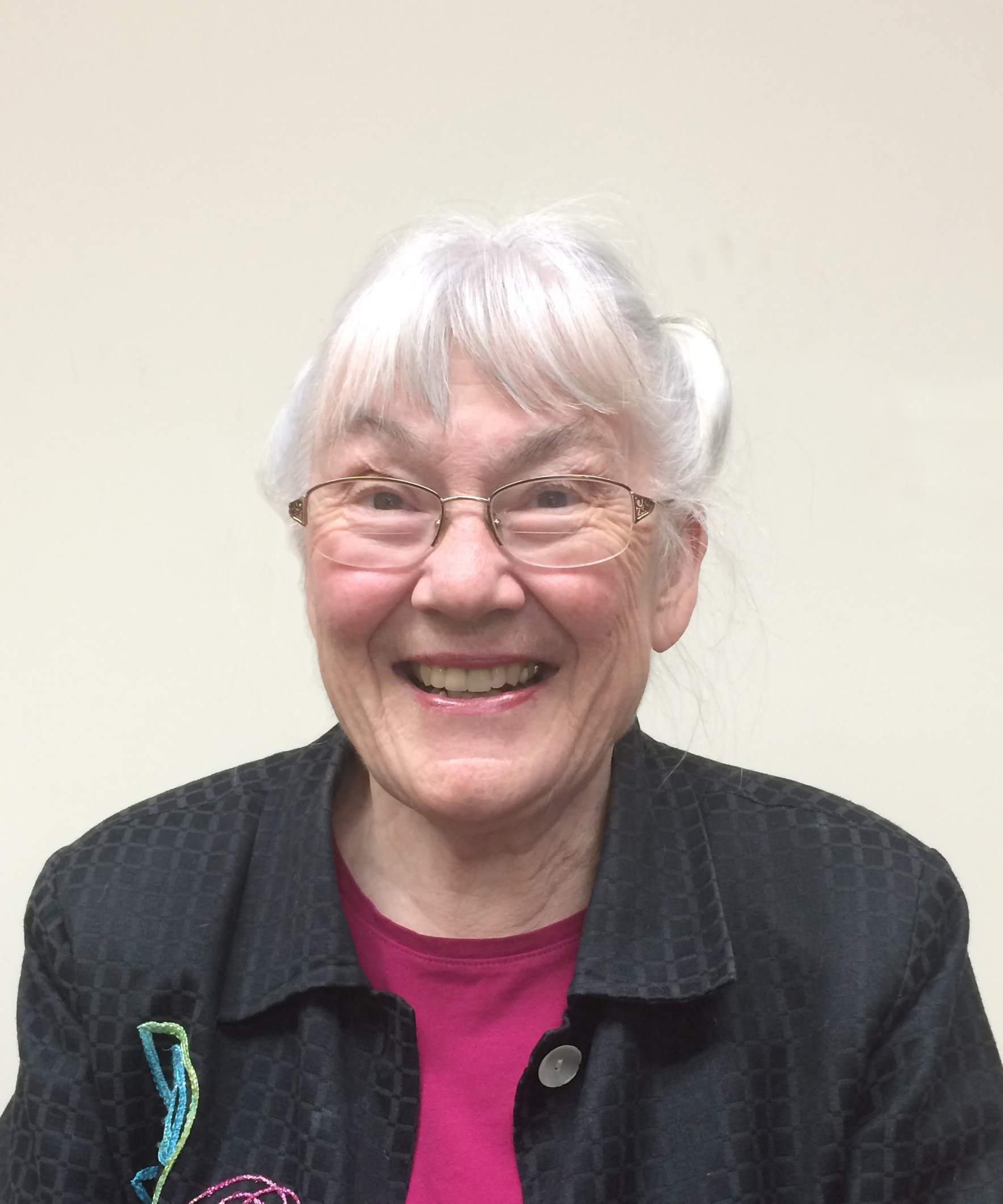The Importance of Accessible Signs and Wayfinding in the Year of the Corona Virus
3 hours of Continuing Education Credits were issued for DSA CASp Certification Renewal, International Code Council (ICC), and LU/HSW Continuing Education Credits for the American Institute of Architect (AIA).
A Certificate of Attendance cannot be issued to individuals who did not attend the live webinar session.
You may self-report to AIA, DSA, and ICC for continuing education credits.
WEBINAR | ON-DEMAND
The Corona Virus has focused us on the safety of our environment. When we leave the safety of our homes, we need to get to our destinations as quickly and efficiently as possible. The more we can do that independently, and the less interaction we need to have with strangers, some with a mask, some not, or the more we can practice social distancing and still find our way to our final destination, the safer we feel.
The Webinar provides a review of standards that impact wayfinding, and offers a thorough explanation of a standard introduced in the 2010 ADA Standards for Accessible Design (ADA SAD) that has been mostly ignored by designers. It provides the easy to read tactile signs that functionally blind people need in a format that is extremely easy to clean and sterilize without damage to the sign, and at the same time, puts an equally easy to read visual sign above touch level, so it can be approached without worry of infection from the virus.
LEARNING OBJECTIVES
- Participants will understand the role that accessible signage plays in directing everyone, both those with mobility based disabilities, and those with sensory and cognitive based disabilities, safely and efficiently to their destinations.
- Participants will understand how to use the International Symbol of Accessibility thoughtfully and judiciously both for wayfinding and identification of accessible features, without creating confusing sign clutter.
- Participants will understand the correct use of the various tactile exit signs, the importance of using them only at doors they identify, and how egress information is correctly supplemented with evacuation plans and stairwell signs.
- Participants will understand the use of pictograms and door symbol signs as supplements to visual and tactile identification signs for restrooms, especially single user restrooms.
- Participants will understand the 2010 ADA SAD standard that allows two separate sets of door identification signs, one visual only and one tactile only, and how this standard can be used to provide safer and easier to read signs for many more persons with vision impairments than the current combined visual-tactile signs.
SPEAKER: Sharon Toji

Sharon Toji has been working in the field of accessible signage since 1991, when she first contacted the U.S. Access Board in order to understand the intent of the just published ADAAG sign standards. After working, line by line through the scoping and the standards as published in the Federal Register, she was able to understand what the intent of the standards was, and to write an article on the topic for one of the major trade publications for the signage industry. She was then asked to speak at a signage expo, and to write a manual that sign companies could use as they searched for ways to fabricate tactile signs with braille.
As a result, the signage industry organization, now called ISA or the International Sign Association, sought membership on the ANSI A117.1 Committee that writes the architectural access standards on which the ADAAG was based, and appointed Sharon as their representative.
She spearheaded an effort to completely rewrite and expand on the signage standards, after attending national conventions of the two major blindness organizations and getting comments from many blind people about signs she asked them to read. When President Clinton, in approximately 1996 appointed a committee to review the original ADDAG, she worked on the Communications Subcommittee, and was responsible for getting many of the ANSI standards into the Committee report. At the same time, she worked with the State Architect of California’s access division to revise the California standards.
Sharon is still a voting delegate to the ANSI Committee, and has for many years represented the Hearing Loss Association of America, although she continues to also advise the representation of the member organizations dealing with vision impairments. In California, she was one of the original members of the influential Access Committee of the Division of the State Architect, until it was disbanded. She also served for six years on the Access Advisory Committee to the State Building Standards Commission, and worked with the State Fire Marshal’s office on accessible exit signs and evacuation plans.
Her manual, “Signs and the ADA/ABA” is used by architects, inspectors, designers and sign companies across the country, and she is often called upon by attorneys and by CASps for projects where signage is an important element. Her consulting company, Access Communications has various services and products available for the use of anyone who is interested in the latest information about accessible signage and wayfinding.

